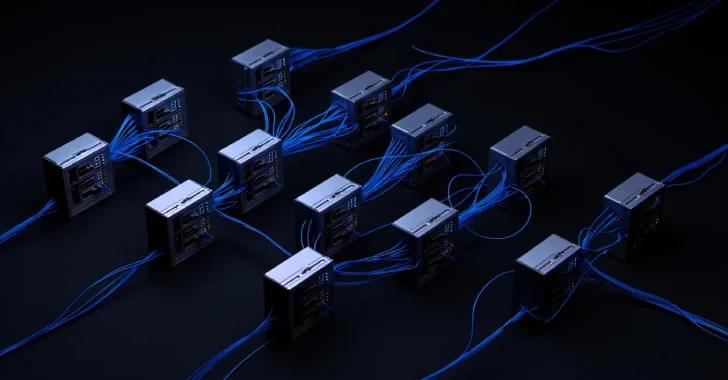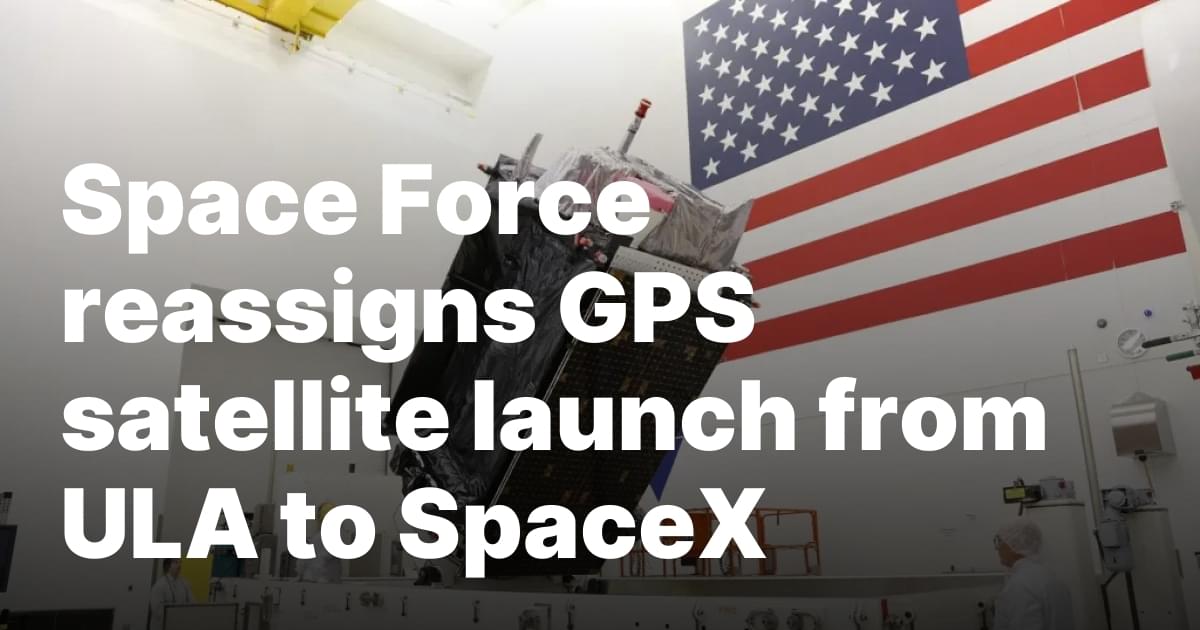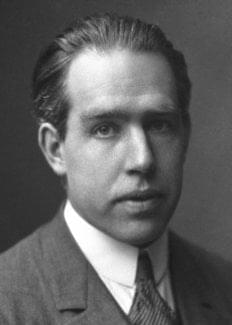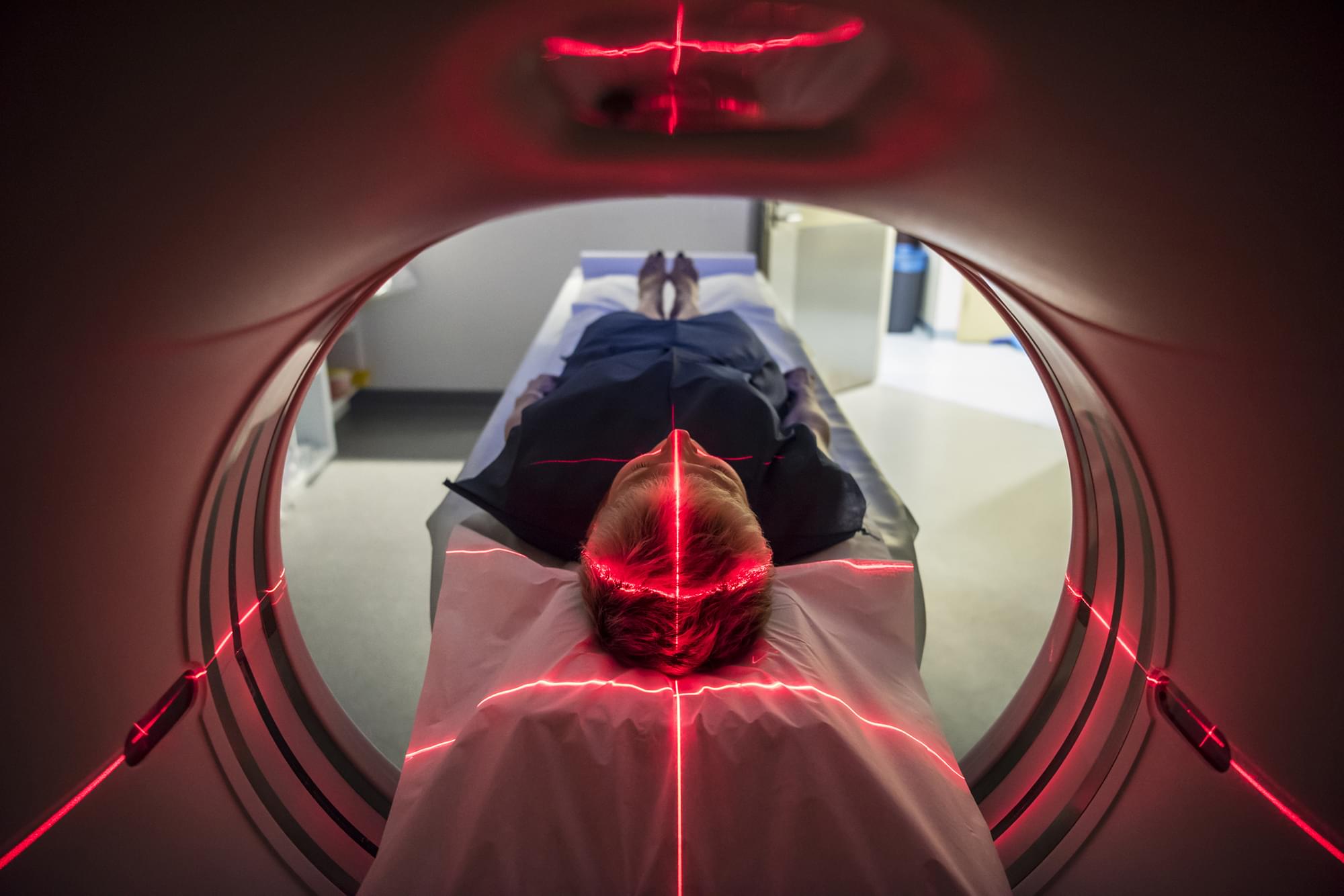Fast flux exploits DNS gaps to evade takedowns since 2007, enabling resilient malware and phishing operations.



Amazon has upgraded its AI video model, Nova Reel, with the ability to generate videos up to two minutes in length.
Nova Reel, announced in December 2024, was Amazon’s first foray into the generative video space. It competes with models from OpenAI, Google, and others in what’s fast becoming a crowded market.
The latest Nova Reel, Nova Reel 1.1, can generate “multi-shot” videos with “consistent style” across shots, explained AWS developer advocate Elizabeth Fuentes in a blog post. Users can provide a prompt up to 4,000 characters long to generate up to a two-minute video composed of six-second shots.

COLORADO SPRINGS — The U.S. Space Force is transferring the launch of a GPS satellite from United Launch Alliance (ULA) to SpaceX in an effort to reduce a backlog of satellites waiting in storage.
The GPS III SV-08 satellite, the eighth in the GPS III constellation, is now scheduled to launch no earlier than late May aboard a SpaceX Falcon 9 rocket from Cape Canaveral Space Force Station, Florida, the Space Systems Command announced April 7.
This marks the second time in recent months that the Space Force has reassigned a GPS launch from ULA to SpaceX. Last year, the GPS III SV-07 satellite was moved from a planned ULA Vulcan rocket launch in late 2025 to a SpaceX Falcon 9, which successfully launched on December 16 in a mission called Rapid Response Trailblazer.

We live longer and longer, and as we age, a lot of us develop a series of health issues and chronic diseases, including Chronic Obstructive Pulmonary Disease (COPD), which is found in around 600 million individuals globally. However, only half of them know they have the disease.
COPD patients often experience shortness of breath, persistent cough with mucus, wheezing and frequent respiratory infections, which can make everyday activities difficult.
Now a new study from the University of Copenhagen and Bispebjerg Hospital suggests that a form of vitamin B3 may be the key to improving quality of life for these patients.
“In the study, we show that nicotinamide riboside, also known as vitamin B3, can reduce lung inflammation in COPD patients,” says Associate Professor Morten Scheibye-Knudsen from the Center for Healthy Aging at the Department of Cellular and Molecular Medicine, University of Copenhagen, who has co-authored the new study.
A new study carried out by researchers at the University of Copenhagen and Bispebjerg Hospital shows that a form of vitamin B3 can reduce lung inflammation in COPD patients.

Niels Henrik David Bohr was born in Copenhagen on October 7, 1885, as the son of Christian Bohr, Professor of Physiology at Copenhagen University, and his wife Ellen, née Adler. Niels, together with his younger brother Harald (the future Professor in Mathematics), grew up in an atmosphere most favourable to the development of his genius – his father was an eminent physiologist and was largely responsible for awakening his interest in physics while still at school, his mother came from a family distinguished in the field of education.
After matriculation at the Gammelholm Grammar School in 1903, he entered Copenhagen University where he came under the guidance of Professor C. Christiansen, a profoundly original and highly endowed physicist, and took his Master’s degree in Physics in 1909 and his Doctor’s degree in 1911.
While still a student, the announcement by the Academy of Sciences in Copenhagen of a prize to be awarded for the solution of a certain scientific problem, caused him to take up an experimental and theoretical investigation of the surface tension by means of oscillating fluid jets. This work, which he carried out in his father’s laboratory and for which he received the prize offered (a gold medal), was published in the Transactions of the Royal Society, 1908.


The results from the study show that it is possible to use MindGlide to accurately identify and measure important brain tissues and lesions even with limited MRI data and single types of scans that aren’t usually used for this purpose—such as T2-weighted MRI without FLAIR (a type of scan that highlights fluids in the body but still contains bright signals, making it harder to see plaques). “Our results demonstrate that clinically meaningful tissue segmentation and lesion quantification are achievable even with limited MRI data and single contrasts not typically used for these tasks (e.g., T2-weighted MRI without FLAIR),” they stated. “Importantly, our findings generalized across datasets and MRI contrasts. Our training used only FLAIR and T1 images, yet the model successfully processed new contrasts (like PD and T2) from different scanners and periods encountered during external validation.”
As well as performing better at detecting changes in the brain’s outer layer, MindGlide also performed well in deeper brain areas. The findings were valid and reliable both at one point in time and over longer periods (i.e., at annual scans attended by patients). Additionally, MindGlide was able to corroborate previous high-quality research regarding which treatments were most effective. “In clinical trials, MindGlide detected treatment effects on T2-lesion accrual and cortical and deep grey matter volume loss. In routine-care data, T2-lesion volume increased with moderate-efficacy treatment but remained stable with high-efficacy treatment,” the investigators wrote in summary.
The researchers now hope that MindGlide can be used to evaluate MS treatments in real-world settings, overcoming previous limitations of relying solely on high-quality clinical trial data, which often did not capture the full diversity of people with MS.

A team of scientists has succeeded in creating a copper-free superconducting material operating at record temperatures. This breakthrough could transform our approach to electronic and energy technologies.
Researchers at the National University of Singapore synthesized a copper-free superconducting oxide that operates at around 40 K (−233°C) under ambient pressure. This nickel-based material opens new perspectives for understanding high-temperature superconductivity. The results were published in Nature, marking a key milestone since the discovery of copper oxides in 1987.

As the number of reverse shoulder arthroplasty (RSA) procedures increases, so does the incidence of revision surgery. Baseplate-related complications account for the highest proportion of these revisions, and it has been reported that improving baseplate fixation reduces the likelihood of failure. The present study aims to evaluate the initial stability of the baseplate to the glenoid after RSA. A finite element analysis (FEA) was performed using LS-DYNA models of the scapula and the SMR shoulder system, with a load of 30 N applied in both abduction and flexion, using the baseplate implantation surface as the reference. Micromotion was defined as the difference in displacement between the baseplate and the scapular fossa. The results demonstrated that micromotion between the glenoid and the baseplate diminished with increasing elevation in both abduction and flexion. It is hypothesised that in the SMR shoulder system, the screws are pressed into the glenoid during abduction, thereby contributing to enhanced initial stability.
